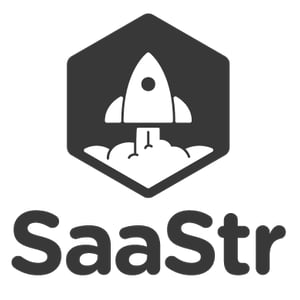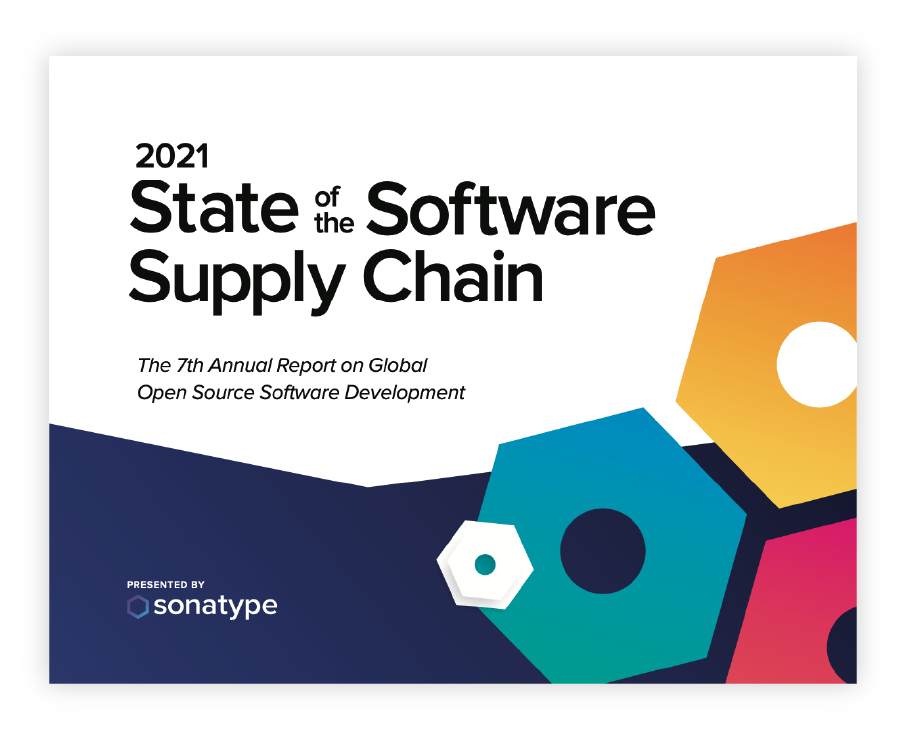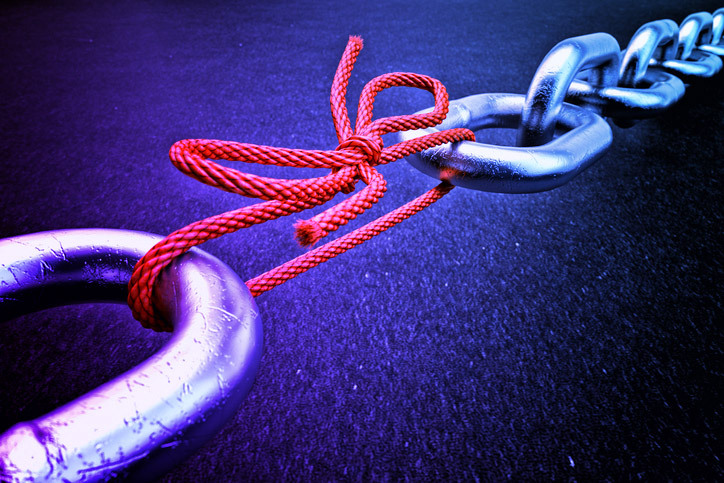As the CMO at Sonatype, I was fortunate enough to attend the SaaStr Annual conference this past week in San Francisco where I crammed into the Hilton Hotel along with 10,000 like-minded people — all of them laser focused on delivering some combination of magic numbers that define a successful SaaS business.
Of course, in SaaS, there are more metrics than you can shake a stick at -- and exactly which numbers are considered "magic" depends on your company's stage.
In my mind, there are three types of SaaS companies: beginners, scalers, and winners.
- "Beginners" are trying to build products that fit with market needs.
- "Scalers" have proven product / market fit, raised ample capital, and are investing aggressively in sales and marketing to capture share in an emerging market.
- "Winners" are leading players in established categories and have economic models capable of generating significant cash flow.
Coming off a terrific 2017 and pursuing a path toward $100 million — Sonatype is larger than most of the companies that I chatted with at SaaStr — but no where near as big as players like Alteryx, HubSpot, and Sumo Logic. In summary, Sonatype is firmly in the “scaler” category.
So, for me personally, as the CMO of a "scaler" SaaS business -- there are 4 questions that I ask myself everyday; and 4 big-picture metrics (magic numbers) that I follow closely to help guide me on my path:
1. Question: Are we fundamentally sound? Metric: Rule of 40
The Rule of 40 explained here by Fred Wilson is a very simple way to assess the health of any SaaS business regardless of stage. The rule works like this: a SaaS business growing 100% year over year, can afford to lose money at a rate of 60% of revenues. Conversely, a business growing 40% year over year, you should be breaking even. And, a business growing 20% year over year, should have 20% operating margins.
2. Question: Are we investing enough in marketing to achieve our growth objectives? Metric: The Other Rule of 40
Depending on company stage, marketing budgets for SaaS companies vary widely -- ranging anywhere from 10% to 150% of annual sales forecast. The CFO at my company is a long time friend and I hate arguing with him over budget. To me, the best budgeting conversations are unemotional and data driven. That's why I like the benchmark discussed here by Jason Lemkin suggesting that SaaS companies should allocate 40% of their YoY revenue-growth delta to marketing spend. For example: a company with $30m in ARR that wants to get to $50m in ARR has a growth delta of $20m -- and 40% of this would suggest an $8m marketing spend.
3. Question: Together with our friends in sales, how efficiently are we acquiring new and expansion revenue? Metric: Sales Efficiency
There are numerous ways to measure sales efficiency -- but all of them aim to answer the same simple question: for every $1.00 of new ACV how much do we spend in sales and marketing expense to get it? Simply stated, if you invest $2m in marketing and sales in Q1 and generates $4M in new ACV, then sales efficiency = 2. The inverse of the sales efficiency is payback period. In this same example, new revenue reimburses acquisition expense in 6 months. As documented here by Tomasz Tunguz -- most SaaS companies operate around 0.8, which means customer revenue reimburses acquisition expense in 15 months (5 quarters). For me personally, the goal is 1 or better -- and when you hit that number you know it's time to jump on the gas and increase sales and marketing spend.
On a personal note, I really like this approach offered by Ben Murray which looks at sales efficiency for BOTH new and expansion ACV. Clearly, everyone measures sales efficiency for new ACV -- but, only the best SaaS companies measure it for expansion ACV. To me, this is important because "expansion" still consumes marketing spend, albeit a lot less than "new".
4. Question: Are we delivering customer value and creating enduring customer relationships? Metric: Net Revenue Retention
In SaaS two things are true: 1. "customer churn" is cancer that kills, and 2. "customer loyalty" is incredible energy for growth. I think about these truths and remind myself and my team that our company's number one objective is to deliver value to customers so we can create enduring relationships. SaaS companies that do these two things well will ALWAYS experience strong growth in the form of net revenue retention -- a metric that measures the total change in recurring revenue from a cohort of customers over time. Net revenue retention captures the negative impact of customer churn, but also the positive impact of up-sells, cross-sells, price increases, and growth in usage within an installed base of customers. 50% is horrible. 150% is terrific. Net revenue retention is awesome because it paints the big picture with respect to "customer loyalty" and answers the question of what would happen over time if you never sold another customer.
Anyway you slice it, SaaStr is a terrific event. I love meeting all of the young companies that are just beginning their journey. And, I love comparing notes with peers who are heads down and operating in full fledge "scale" mode. But, most importantly, I look forward to taking Sonatype to the next level -- and attending again next year and observing events through the lens of a "winner".




